Are You a Vegetarian… or a Flexitarian?
Have you thought about being a vegetarian or vegan, but haven’t been able to commit to a life without meat? Perhaps you’ve read the mounting evidence about the benefits of a plant-based diet (now sometimes called “plant-forward”) and decided to take the plunge. Then you think, “Wait… no more In-n-Out Burgers?” The next thing you know, you’re back eating animal protein, and perhaps even overindulging.
While many vegetarians are able to stick to a plant-based lifestyle, many of my nutrition clients are “Vegetarian Wannabes.” It’s an all-or-nothing mentality. Unfortunately, this thinking can get in the way of plant-based eating, what some nutritionists call being a “flexitarian.” No, this doesn’t mean you’re suddenly a yogi who can do the splits or turn your body into a pretzel! But it does mean you’re a semi-vegetarian planning most of your meals around plants, with meat as an accent, a sidekick instead of the star of the show.
Let’s start with “Plant-Based 101.” What is a vegan vs. a vegetarian? A vegan doesn’t eat anything that comes from an animal. This means no dairy, eggs, or flesh food like chicken, beef or fish. Some follow a vegan diet for humanitarian or spiritual reasons, others for health or the environment. Vegetarianism, in contrast, has several sub-categories. Pescatarians let themselves eat fish. Lacto-vegetarians exclude animal products except dairy. Lacto-ovo vegetarians eat dairy and eggs as their only animal products.
In terms of health, evidence continues to demonstrate that plant-based foods decrease our risk of cardiovascular disease, cancer, high blood pressure and overall inflammation. And eating more non-starchy vegetables in general is great for our microbiome, which helps us lose weight and creates more serotonin in our brains.

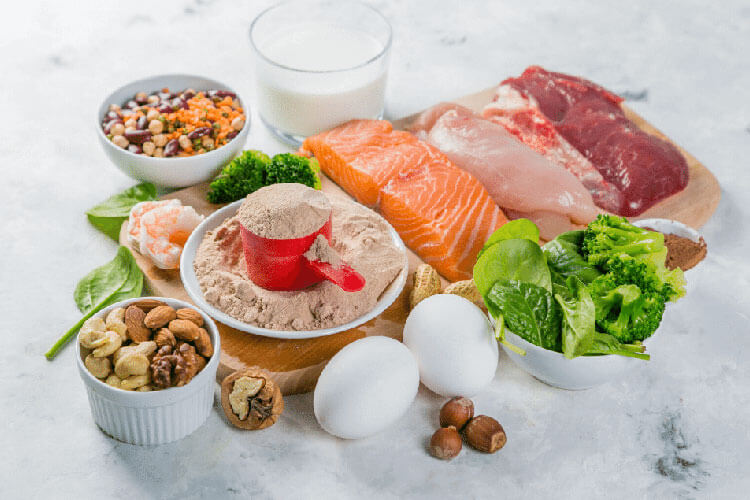
How can you eat more plant-forward without being “All or Nothing?”
- How Often?: Consider having a meatless meal one or two times a week, and decreasing your red meat consumption to once or twice a month. There are red meat substitutes like Beyond Meat and Impossible Burgers that will leave you asking, “Is this really not red meat? It has to be!”
- Half a Plate: With the Plate Method of eating, half of our plate should be non-starchy vegetables. Consider choosing beans, lentils or tofu as the other half of your plate instead of animal products like chicken, fish or beef.
- Think Globally: Why is eating plant-forward good for the planet? One pound of red meat produces 14.8 pounds of carbon dioxide, 36 times more than the C02 produced growing a green vegetable, and it takes more resources like feedstock and water to produce a pound of meat than it does to produce a pound of beans or greens. Humans’ current rate of fish consumption is steadily depleting our oceans. If each of us makes even a small change in our diets, it can have a huge collective impact.
Being a flexitarian means we can still have animal foods, only smaller amounts and less often. Just choosing to start with “Meatless Mondays” is a step forward. And if you decide to go all-in as a vegetarian or vegan, it’s never been easier, with vegetarian and vegan choices at restaurants and grocery stores abounding. The more we embrace a plant-forward lifestyle, the more we can sustain our health and our planet.
Sheri Weitz, RDN, CDE is a Registered Dietitian with a private practice in Los Angeles, California. To find out more about her services or for a free consultation, go to www.MovetoWellness.net.



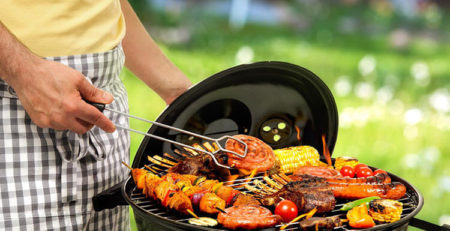


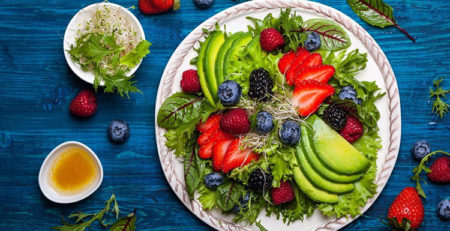
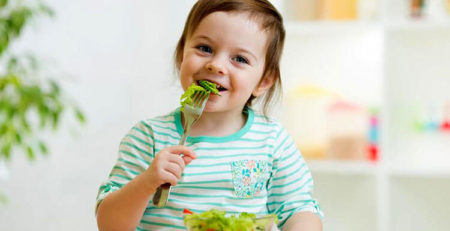



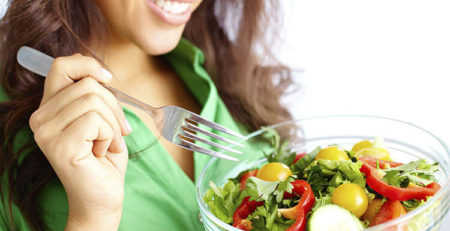

Comment (1)
My way of thinking is, if this place has a vegan option that sounds good GO FOR IT.